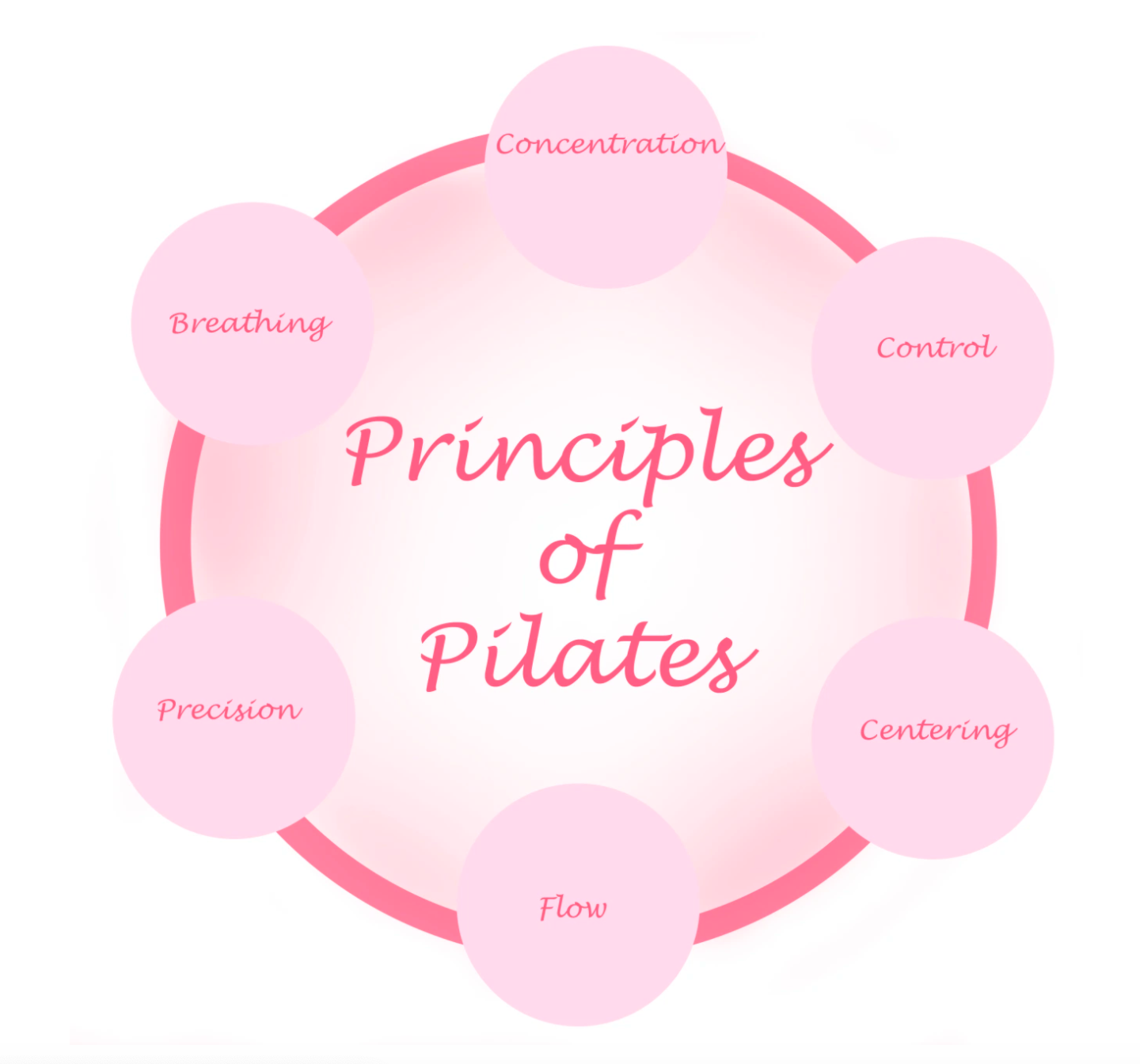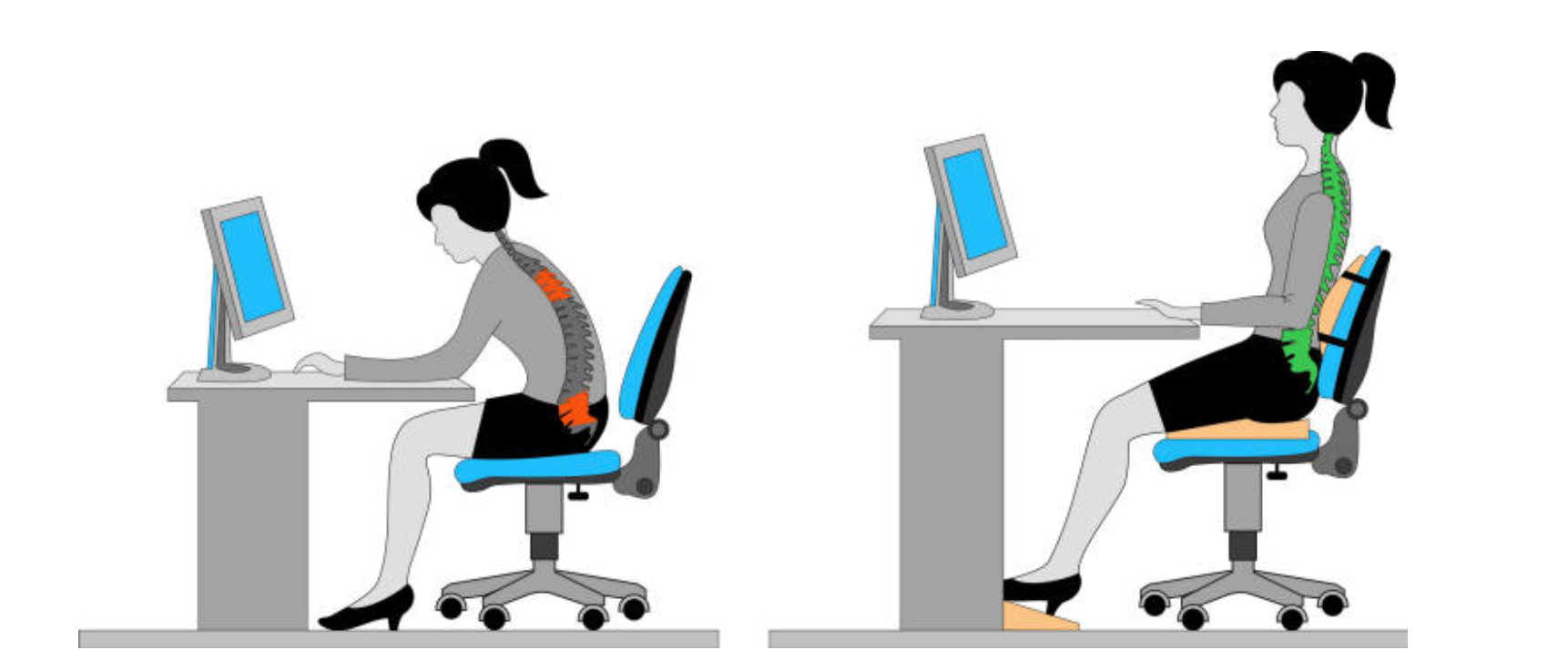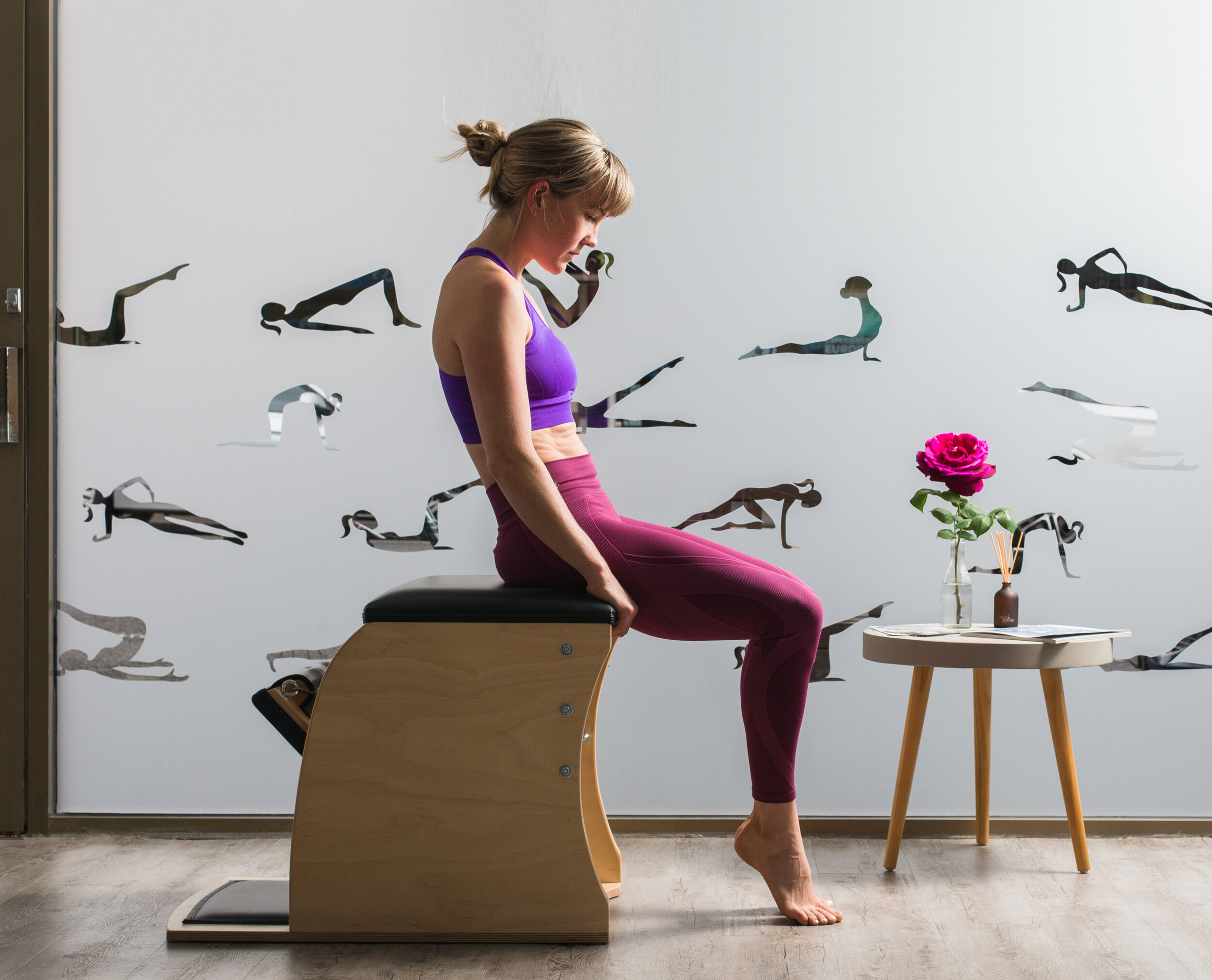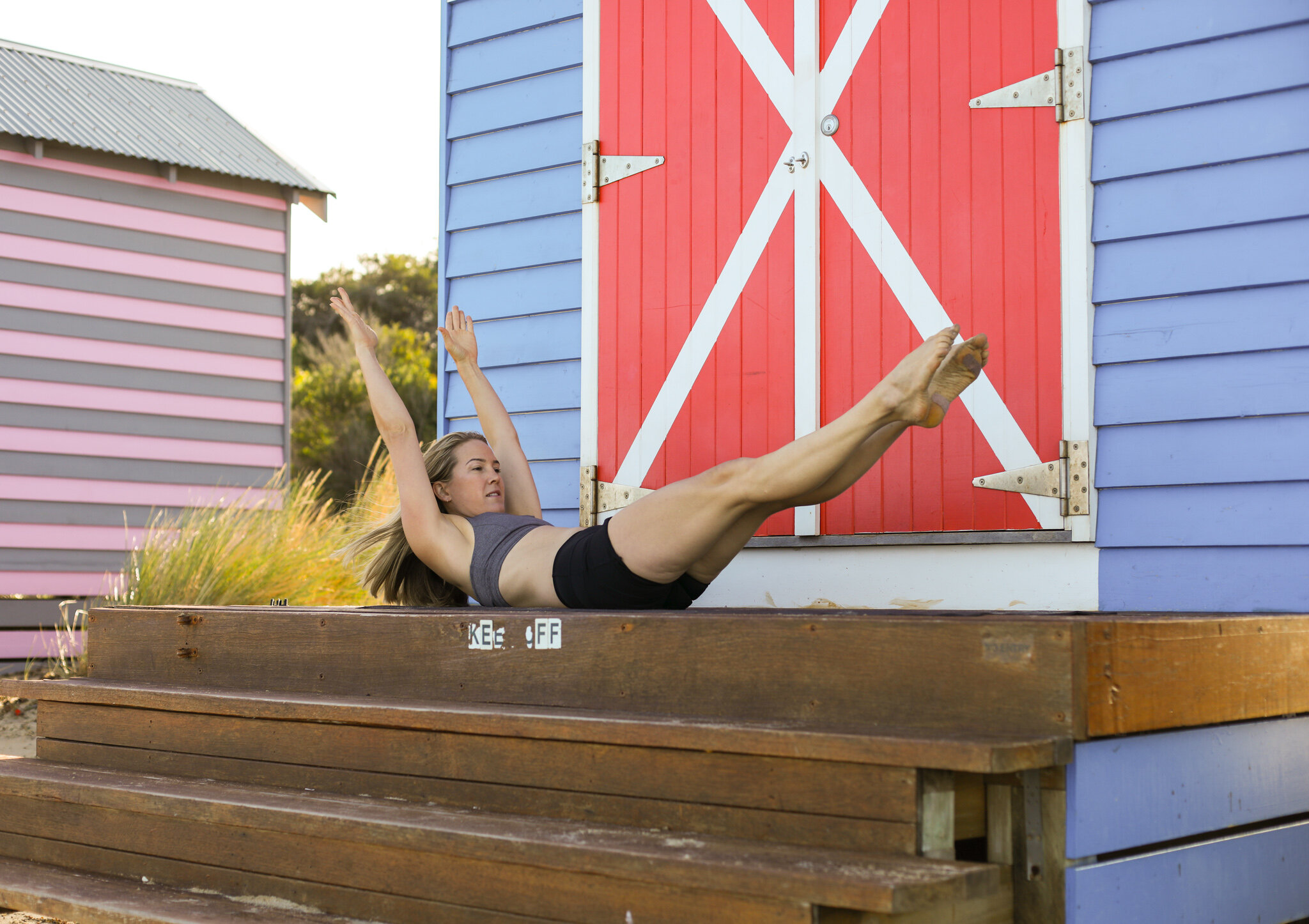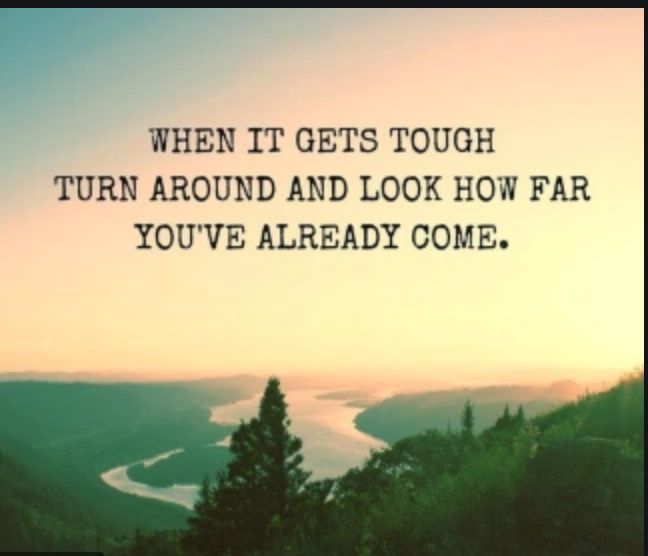I’ve just spent the first part of this year taking all my clients through the 6 principles of Pilates.
One principle a week for 6 weeks.
Instead of using a body part or a prop as a point of focus for the class, it was a principle.
And it was great (yep, I do say so myself!)
When I first started Pilates, the principles were an arbitrary thing for me. Principles, sminciples.
This is what I was concerned with- ‘I’ll go home and do 50 reps of this stomach series thing I learnt in class today’ or ‘Who cares about how I breathe, as long as I’m working on my 6 pack’.
Oh no, 25 year old me was not vain or shallow at all, haha!
The 6 principles are:
1) Breath
2) Precision
3) Centering
4) Control
5) Concentration
6) Flow
Why do they matter?
Let me explain:
1) Breath- literally the reason we live and exist. But do you live and exist to your fullest?
Yes breathing is autonomous- thank goodness. But that doesn’t mean we are all doing it in the best way possible.
The breath is so powerful. It is a direct pathway to our para-sympathetic nervous system. The system that can make us calm the F down. Now, I don’t know about you, but calming the F down is a great skill to work on when you have kids, a job, a husband/wife, a house, family, pets, a conscience.
Couple a calmed nervous system with a boost of endorphins that you get from moving your body around, and hello happiness. That’s why exercise is addictive, it makes you happy from the inside out. It keeps you sane. And if you can learn to breath properly through exercise to get the most out of it, it will give you clarity, the ability to concentrate more, to relief stress and manage pain.
Breathing also heals. Big, full, proper, expansive breaths will send oxygenated blood all around the body. That blood will fill up and filter through all the little nooks and crannies around the body (technical Pilates term ‘nooks and crannies’) And blood heals. Fresh, oxygenated, clean blood aids in healing muscles tears, dysfunctional joints and maximising performance.
2) Precision- Jospeh Pilates was a bit of a stickler for form. And rightfully so in most cases I think. Ultimately, good form and precision of movement/ body placement has the power to change bad habits! Bad habits with our form and posture that creep in over a lifetime and can end up causing so much alignment problems, that people live with all sorts of pain that they don’t even have to be living with.
Precision is about learning to initiate movements from the right part of your body and with the appropriate effort.
For example, we don’t walk around on the balls of our feet all day long, it would cause some muscles in the feet and legs to over work and other muscles to under work. As you can imagine this would cause all sorts of muscles imbalances, and then under any load or endurance, this could make things very painful.
Pilates teaches you how to stand correctly on your feet, sit correctly, lie correctly, you will learn about foot placement and foot effort through every exercise, so that the precision you learn in the studio or class can translate into the form you use in the real world.
Once you have precision you have quality movement. That’s why in Pilates you don’t need to do 100 reps of anything. Quality over quantity every time!
3) Centering- Your centre in Pilates is not just your 6 pack (although 25 year old me sure as hell thought it was).
In Pilates, your Centre is also referred to as your Powerhouse. Your Powerhouse is all the muscles from your ribs to your hips in the front, in the back and around the sides- think of them like a girdle of muscles that we want to strengthen to help stabilise your spine and pelvis. Then, we definitely can not forget about the booty muscles- they are part of the Powerhouse too. Lesley Logan has famously called this region your Tharse, where your thighs meet your arse!
In Pilates, the premise is that we work from the centre first, this is where we draw our strength and stability from, then we work our extremities (arms and legs) from a strong and table place.
I love how all the muscles are invited to a Pilates Party! The host of this Pilates party is the Powerhouse, but they are very friendly hosts and invite the whole neighbourhood (body) along, but not before the hosts have a strong and stable environment to invite all those guests in. Nothing worse than inviting people into a house and the the ground falls out from under you! Those guests would not come back!
4) Control- Before Pilates was called Pilates, it was called Contrology. It was’t until after Joseph Pilates died in 1967 that it was named after his namesake.
I think once you know this, it’s clear to see just how much importance Joseph put on being able to have control over the body.
And I think it becomes clearer as we get older, if you live a sedentary life and overall poor health choices, your body starts to be in control of you. Whether that be, illnesses, ailments, injuries, these things start to dictate our life and the choices we make. No longer do we choose to partake in life as much, because sadly, it hurts.
So when I think of control, I think of putting yourself back in control of your body. You are in the driver’s seat. Wouldn’t it be nice to make decisions based on what brings you joy and happiness and not because you are worried your back will play up or your knee will hurt?
One of Joseph Pilates’ students said ‘Pilates is stretch and strength with control- control is what is most important because it uses your mind’. When you can exercise control over your mind, you can execute exact movement in the body. And it’s that exact movement (hello precision- see principle 2 above) that will change bad habits, poor alignment, build strength and increase mobility.
5) Concentration- There is a fun little imagery exercise that I like to do with my clients when we focus on this principle. It’s called the Lemon Imagery Exercise. I highly recommend you get someone to read it to you while you take a comfy seat or lie down on the floor. It’s a little different but it highlights just how powerful the mind is on the physical body.
Look, if you have ever done Pilates and you are thinking of how much washing you have to do when you get home or what you’re going to cook for dinner later that day, then you’ll know that basically, you’ve got no chance at it. You need to be focused. You need to be present and in the moment. When you can focus your attention to the exercise at hand or what the teacher is trying to get you to do, you have a better chance at being successful in the movement.
The benefits of being mindful and participating in mindful movement are huge, not only can we reduce stress (see principle 1 above), but we can also reduce blood pressure and manage pain better.
When we are concentrating and focusing our attention towards getting the right muscle engagement, then you learn to feel the muscles, you learn what it feels like when a muscle (or a group of muscles) is engaged. Therefore, your body awareness will increase and you can translate that into more mindful movement in every day life, like how you sit at your desk all day long. You’ll start to be more efficient with your posture and how you hold yourself in everyday tasks, from driving and washing dishes, to cycling and running.
6) Flow- In 1925 Joseph Pilates moved from England to New York. He set up his first American studio under the New York Ballet school, you could say that some of his exercises were executed with the influence of helping an injured ballet dancer recover to full strength, poise and grace. And what a beautiful thing. If you’re a ballet dancer. But most of us are not ballet dancers. So being able to flow like a ballet dancer and being able to flow like a regular human being are two different things.
To me, getting my clients to move with ease in the class means they have a better chance of being able to move with ease in the real world. How we move into and out of exercises (the transitions) becomes a focus point when we are trying to find more ease and flow in movement.
When you ride a busy tram (or a bus or some other public transport), it’s not just how you stand up in the vehicle eg, standing up with your powerhouse switched on (see principle 3 above) in preparation to withstand any bumpy rides. It’s how you get up off the seat at the tram/bus/train stop- do you need to hold onto something? It’s how you get up the giant steps of the tram/bus/train- do you trip up them or over your own feet? It’s how you hold your backpack or satchel over your shoulder- do you off load the one sided weight through hip hiking? All these other ‘transitional’ movements get you onto the tram, but are they the movements causing you more trouble than the movement of riding the tram itself?!
I hope I have helped to highlight just how important Pilates Principles are, not just for a good Pilates class, but for everyday life!
Come and experience how I turn these principles into exercises, reach out to me here to enquire about how we can get Pilates in your life!

